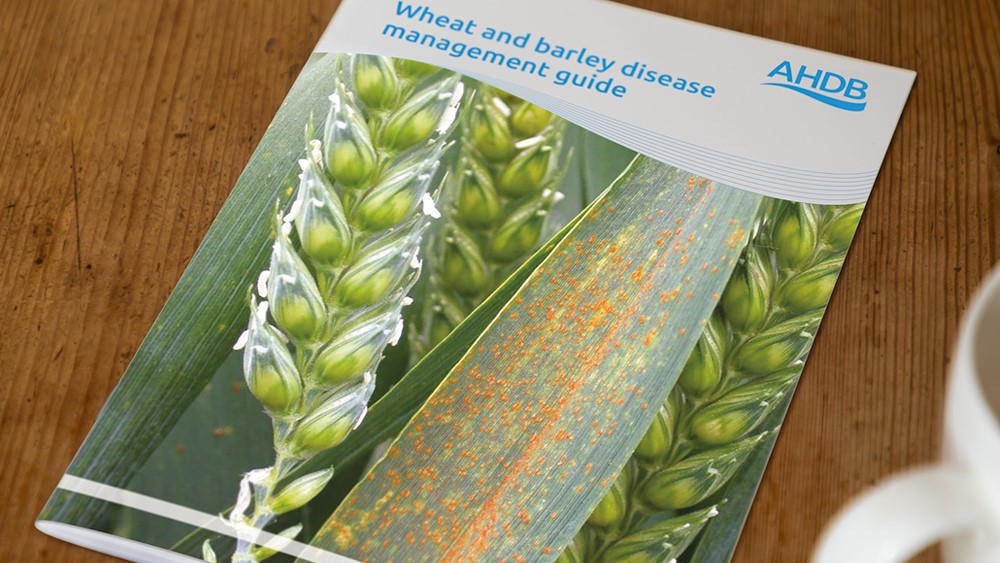- Home
- Knowledge library
- Monitoring resistance to foliar fungicides in cereal pathogens
Monitoring resistance to foliar fungicides in cereal pathogens
Summary
Downloads
21120018a Annual Project Report (2023-24) 21120018a - Annual Project Report (2022) 21120018a - Annual Project Report (2021) 21120018a - Annual Project Report (2020)About this project
The challenge
Since the mid-1970s, fungicides for foliar disease control have become an essential part of economically sustainable cereal production. In their absence, yield losses and declines in quality often occur. Although fungicide manufacturers have introduced several modes of action (MoA), key cereal pathogens have developed resistance to one or more of them. In some pathogen/MoA combinations, the resistance is functionally complete. In others, it is partial and stable or partial and evolving. While the risk of resistance development can be predicted to an extent, the timing, severity and speed of development cannot. For fungicide programmes to provide adequate disease control and to minimise the risk of resistance development, up-to-date information on the resistance status of key pathogens to the main fungicide MoA used to control them is required.
The project
Focused on both target site and non-target site resistance, this project will:
- Monitor spread of known mutations to SDHI and triazole fungicide groups
- Test fungal isolates for new mutations to the same fungicide groups and assess the implications of mutations for fungicide sensitivity (in vitro and/or in planta testing)
- Develop highly sensitive DNA-based genotyping assays for the detection of resistance-conferring mutations to any new (to the UK cereal market) fungicide MoA that targets the key diseases of wheat and barley
- Monitor the evolution and spread of mutations that confer resistance to any new fungicide MoA and assess the implications of new mutations for fungicide sensitivity
The key disease to be monitored is septoria leaf blotch in wheat. Net blotch, rhynchosporium leaf scald and ramularia leaf spot in barley may also be tested in response to changes in field performance of fungicides.
The benefits
The project will help industry keep abreast of changes in fungicide sensitivity of different pathogens to different modes of actions and inform resistance management strategies.


.JPG)

